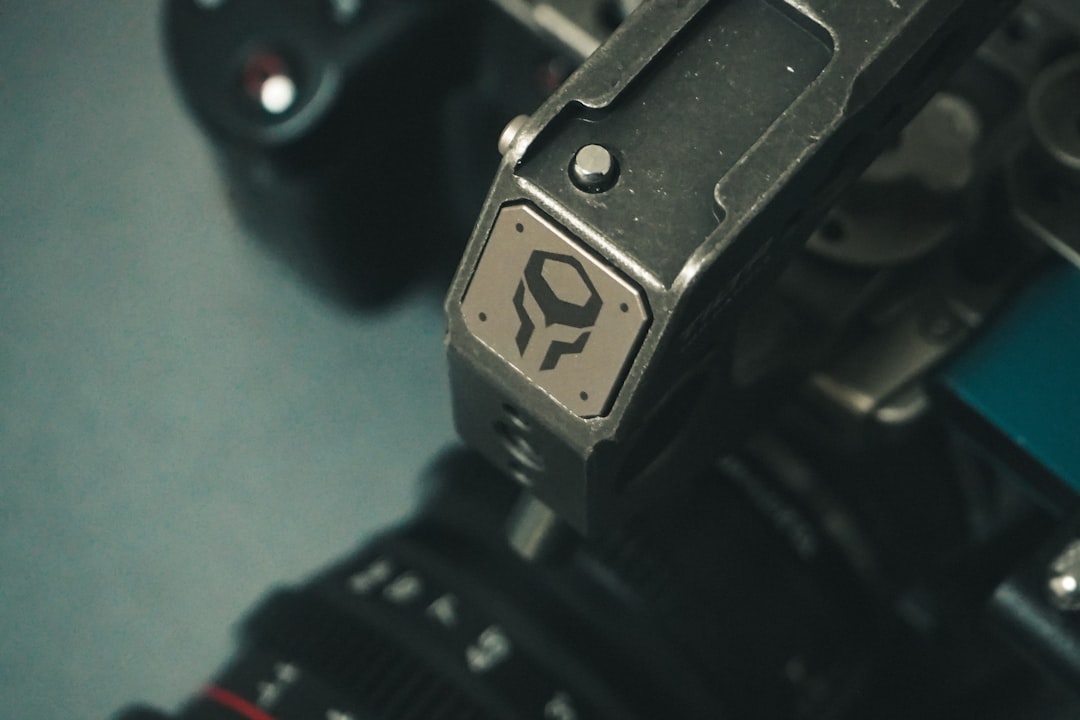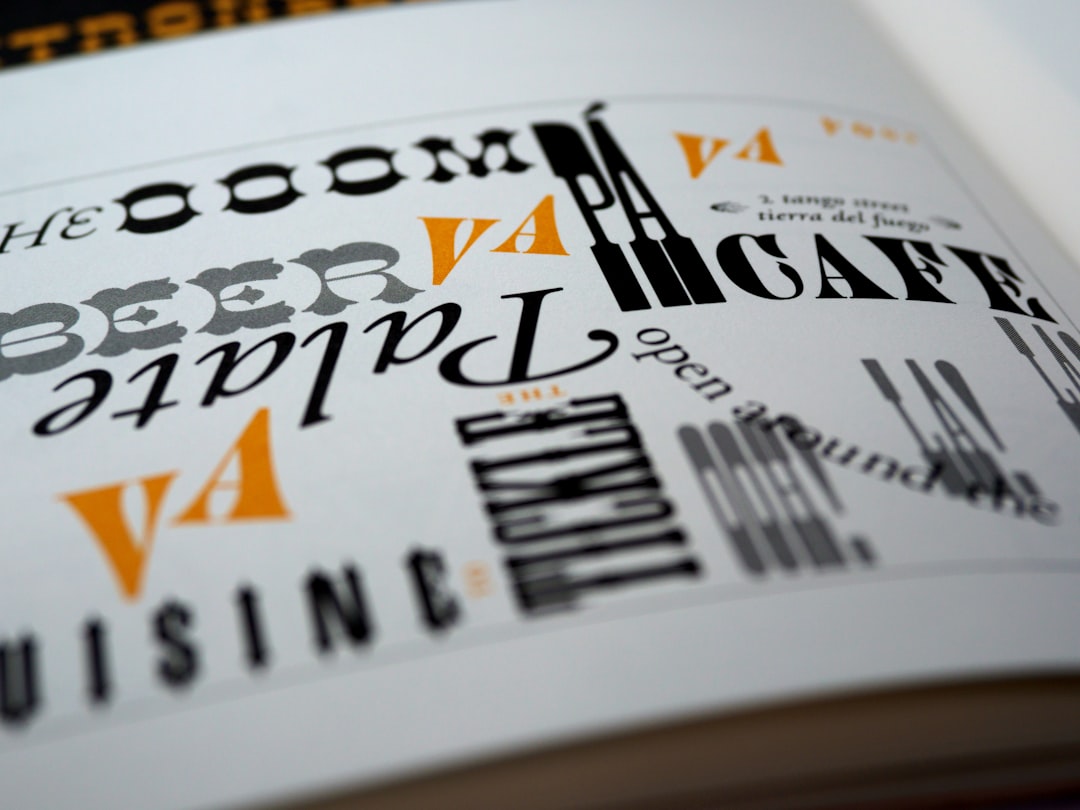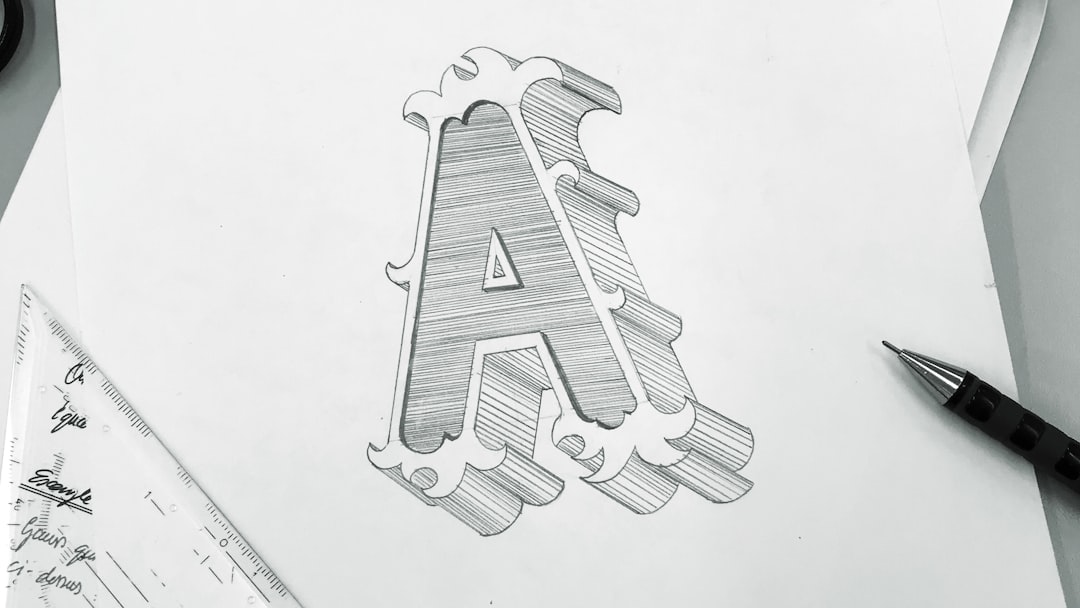Visual branding is one of the most critical aspects of any creative business, especially for photographers and videographers. A well-crafted logo not only communicates professionalism but also reflects an artist’s unique style and identity. With a saturated creative market, making a memorable first impression with a custom logo is non-negotiable.
TLDR (Too Long, Didn’t Read)
Choosing the right logo can help photographers and videographers stand out in a competitive industry. This article explores 12 logo design ideas that blend creativity, professionalism, and personal identity. Each idea is tailored to visual storytellers looking to communicate their style and services through a unique mark. There’s also a helpful FAQ section at the end to address common branding questions.
1. Minimalist Monogram
A monogram-style logo uses the photographer or videographer’s initials, designed in a clean, refined typeface. This approach is timeless, elegant, and perfect for portfolios or business cards. Its minimalism ensures the logo doesn’t detract from the visual work but rather complements it.
2. Camera Symbol Integration
Integrating iconic gear into the logo, such as a lens, shutter, or DSLR silhouette, immediately communicates your profession. Keep the design simple but clever — the camera element can serve as the “O” in your name or be woven into the logo’s border.

3. Vintage Style Emblem
This retro aesthetic is perfect for creatives who favor film photography or offer services like analog wedding shoots. A vintage badge with curved text, classic fonts, and textured lines exudes charm and nostalgia. It’s an especially appealing style for those targeting boutique or artistic markets.
4. Signature Handwritten Logos
Handwritten logos replicate natural handwriting or calligraphy to project authenticity and personal touch. A flowing signature style works wonderfully for portrait photographers or videographers who offer bespoke services. These logos also translate well across social media and watermarks.
5. Negative Space Designs
Negative space logos use the background cleverly to form shapes or messages — think of the hidden arrow in the FedEx logo. A photo or video element subtly formed by negative space can make your brand truly stand out. It’s an excellent choice for those who value originality and visual wit.
6. Playful Typography
Using custom or playful typography can convey creativity, energy, and storytelling flair. Whether it’s bold sans-serifs or quirky handmade fonts, this logo style is great for photographers who shoot events like festivals, behind-the-scenes footage, or kids’ portraits.

7. Geometric Symbolism
Geometric shapes are visually striking and convey structure and modernity. Circles, triangles, and hexagons can be used to symbolize lenses, apertures, or tripods. This logo style often pairs well with tech-savvy or commercial videographers.
8. Black & White Silhouette
Using high-contrast silhouettes creates a dramatic, bold look. Whether it’s a silhouette of a camera, a subject in action, or a cinematic angle, this style keeps things timeless and highly recognizable — it’s particularly effective for thumbnails or business stamps.
9. Nature-Inspired Icons
Photographers and videographers who specialize in outdoor shoots — like landscape, wildlife, or destination weddings — can benefit from nature-themed logos. Think of integrating mountains, trees, sunsets, or waves with the traditional camera gear imagery for a signature feel.
10. Color Gradient Wordmarks
Gradients add a dynamic quality to logos, mimicking a sunrise, lens flare, or rainbow lighting. A simple wordmark with carefully blended hues catches attention and communicates mood and light sensitivity — key traits in visual storytelling.
11. Animated Logo Versions
For videographers especially, having an animated version of a static logo adds professionalism and flair to intros and outros. Think moving camera shutters, flickering lights, or typewriter-style text animation. This type of logo can tie into your editing style seamlessly.
12. Line Art & Sketch-Inspired Designs
Line art-style logos look editorial and clean. Minimal sketch lines can depict cameras, lighting rigs, or even a quirky self-portrait. It’s the ideal mix of creativity and chic simplicity, often suited for blogs, websites, and printed collateral.

How to Choose the Right Logo Style
Selecting the right logo is not just a visual decision but a strategic one. Consider these factors:
- Target Audience: Wedding clients and fashion brands may respond differently than corporate or documentary clients.
- Brand Personality: Are you elegant, edgy, whimsical, or traditional?
- Usage Versatility: Your logo should scale well across business cards, watermarks, commercials, and social media covers.
- Longevity: Trendy elements are fun but may need revision as styles evolve. Aim for a timeless foundation.
Tips for Creating (or Commissioning) Your Logo
Whether you’re designing it yourself or hiring a professional, keep these best practices in mind:
- Simplicity is Key: Don’t overcomplicate — clarity translates better across formats.
- Make It Memorable: Your logo should be instantly recognizable and tied closely to your brand’s vibe.
- Usability First: Make sure it works in black and white and can be resized without losing quality.
- Stay Consistent: Once finalized, use it consistently to build brand recognition over time.
Conclusion
Your logo is often your first impression and your visual handshake with potential clients. Whether you’re behind a camera lens or capturing motion, your identity as a photographer or videographer deserves a logo that encapsulates your artistry. With one of these 12 ideas, creatives can better align their visuals to their voice and connect more effectively with their audience.
FAQs about Logos for Photographers and Videographers
- Q: Should I use my own name in my logo?
A: It depends on your branding strategy. Using your name creates an intimate, personal connection, while a brand name can allow more flexibility if you expand your services or team later. - Q: How can I make sure my logo looks professional?
A: Hire a graphic designer familiar with branding or invest time into studying typography, layout, and spacing. Using vector graphics ensures clarity across all formats. - Q: Is it okay to change my logo later?
A: Yes, many brands evolve their look over time. If you do make changes, make sure it’s a strategic refresh and not a complete overhaul unless absolutely necessary. - Q: Can I use my logo as a watermark?
A: Absolutely. Many photographers and videographers use transparent, scaled-down versions of their logo for watermarks to protect their work and maintain brand visibility. - Q: What tools can I use to create a logo myself?
A: Tools like Adobe Illustrator, Canva, or LogoMakr can help you design a clean and versatile logo. Some also offer templates geared specifically toward photographers.


